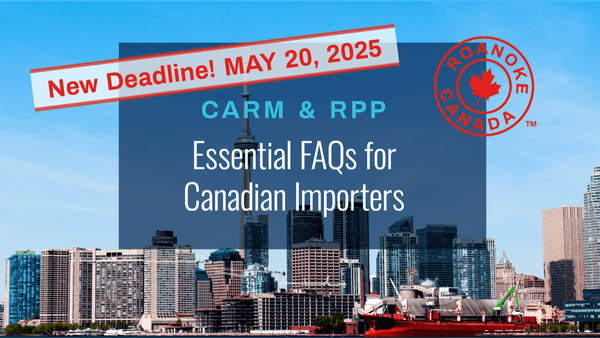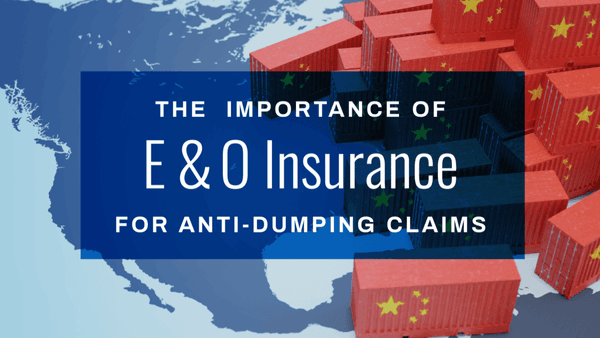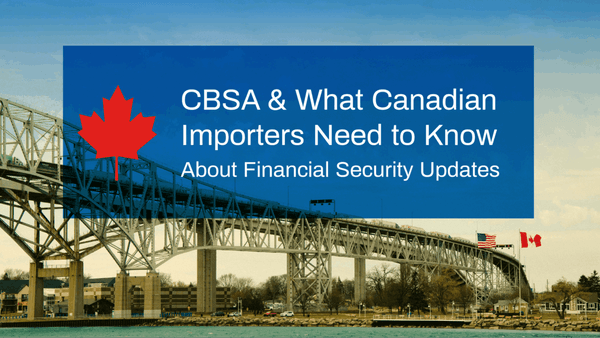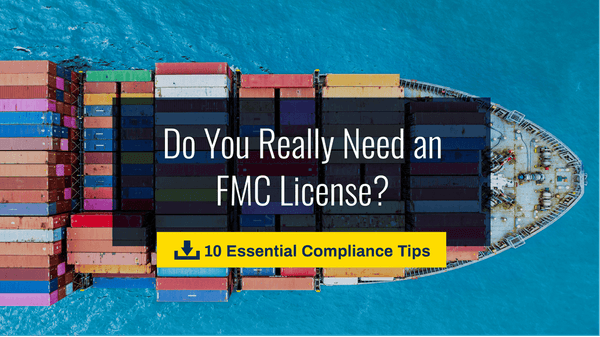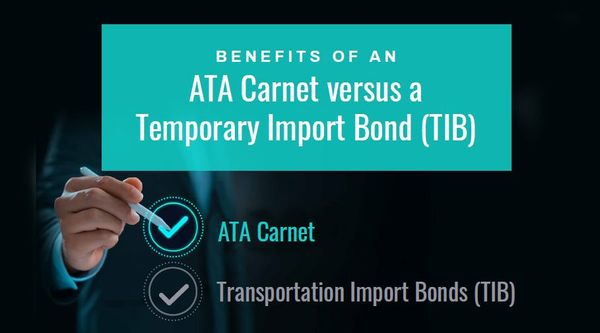Resource Center
How Do Import Bonds Work?
How Do Import Bonds Work?
The most common type of Customs Bond is an Activity Code 1 bond, more commonly known as an Import Bond or CBP bond. This bond plays a critical role in international trade, as it is required by U.S. Customs and Border Protection (CBP) for companies importing commercial goods valued at $2,500.00 or more into the United States.
According to CBP regulations, a CBP bond is “a contract which is given to ensure the performance of an obligation imposed by law or regulation.” In simpler terms, the bond guarantees that the importer will fulfill their financial responsibilities to the government—including the timely payment of all duties, taxes, and fees—and that they will comply with all applicable U.S. laws and customs regulations.
The purpose of a CBP bond is to protect the revenue of the United States and ensure regulatory compliance. Without this bond in place, CBP would have no financial assurance that the importer would meet their obligations. As such, the bond is mandatory for most commercial shipments entering U.S. commerce.
Who Is Involved in a CBP Bond?
There are three main parties involved in the contract:
- Principal – the party that must post the bond in order to do business with CBP, such as an importer.
- Surety – the party that guarantees the principal on the bond. The surety is a company that has been pre-approved by the Department of Treasury to write bonds up to a specific limit. By writing the bond, the surety agrees to pay amounts due to CBP if the principal fails to do so.
- Obligee – the beneficiary of the contract (CBP).
The bond ensures that the principal fulfills all customs obligations. If the importer does not pay duties or violates regulations, CBP may collect those funds from the surety.
When Is a CBP Bond Required?
A CBP bond is required for all commercial shipments valued at $2,500.00 or more that enter the commerce of the United States. This applies to a wide variety of goods and covers obligations like duties, taxes, import documentation, and security filings. The bond is a fundamental requirement for companies involved in international supply chains.
Types of CBP Import Bonds
There are two primary types of import bonds:
- Single Transaction Bond (Single Entry Bond):
This is used for a one-time import. The bond amount is based on the shipment’s value plus duties, taxes, and fees. Single entry bonds may make sense for low-volume importers. - Continuous Import Bond:
This bond covers all shipments within a 12-month period, including Importer Security Filings (ISF). It’s the preferred option for frequent importers, providing broader protection and coverage under one contract.
Because the continuous bond covers ISF filings and multiple shipments, it’s often more cost-effective and efficient than managing single entry bonds for each transaction.
Whether you’re a first-time importer or a seasoned logistics professional, understanding how a CBP bond works—and choosing the right type of import bond—is essential to staying compliant and avoiding costly delays.
If you’re unsure which bond type is right for your business, speak with a licensed customs broker or bond provider who can evaluate your needs and help ensure your entries are fully protected.


